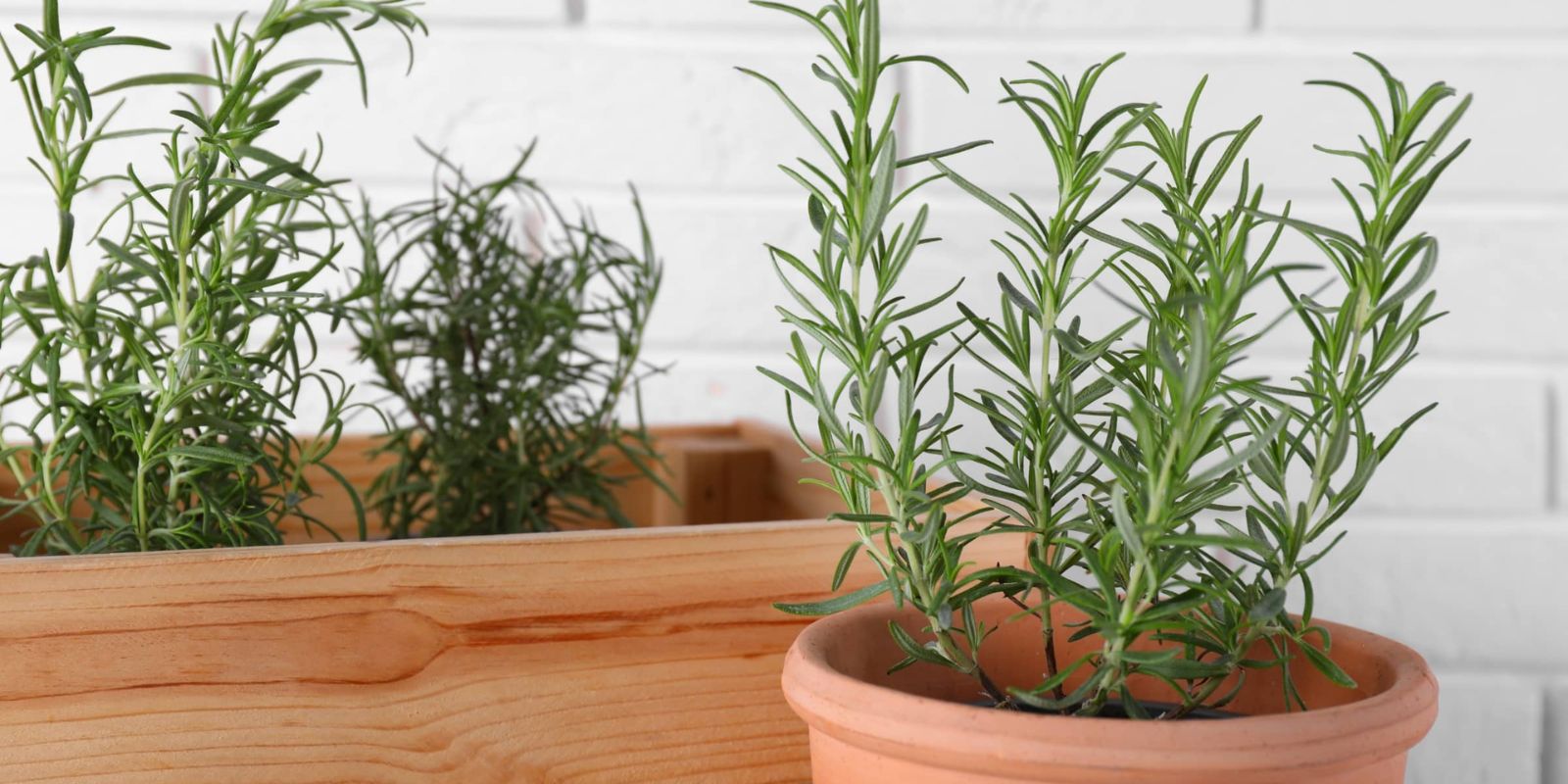Rosemary, with its aromatic leaves and versatile culinary uses, is a prized herb in gardens and kitchens alike. However, one common challenge gardeners face is keeping rosemary plants from drying out and maintaining their lush appearance throughout the year. Fortunately, there’s a straightforward trick that can help you achieve a vibrant and thriving rosemary plant. In this comprehensive guide, we’ll explore the essential steps and tips to ensure your rosemary remains healthy, green, and flourishing.
Understanding Rosemary’s Needs
Rosemary (Rosmarinus officinalis) is a hardy, evergreen herb that thrives in a variety of climates. Originating from the Mediterranean region, rosemary is accustomed to well-drained soils and plenty of sunlight. It’s crucial to understand and replicate these conditions to keep your rosemary healthy and vibrant.
Key Factors for Rosemary Growth:
- Sunlight: Rosemary requires full sun to thrive, meaning it needs at least 6-8 hours of direct sunlight each day.
- Soil: Well-draining soil is essential for preventing root rot, which can occur if the soil remains too wet.
- Watering: While rosemary is drought-tolerant, it still needs proper watering practices to maintain its health.
Step-by-Step Guide to Keeping Rosemary Thriving
1. Choose the Right Soil
The foundation of a healthy rosemary plant starts with the right soil. Rosemary thrives in well-draining soil, which prevents water from pooling around the roots.
- Soil Composition: Opt for a sandy or loamy soil mix that facilitates good drainage. You can enhance your garden soil with organic matter like compost or aged manure to improve its structure.
- Soil pH: Rosemary prefers a slightly acidic to neutral soil pH, ideally between 6.0 and 7.0. Test your soil and amend it as needed to maintain this range.
2. Water Wisely
Overwatering is a common mistake that can lead to rosemary drying out or suffering from root rot. Rosemary is adapted to dry conditions and prefers to be on the drier side.
- Watering Frequency: Allow the top inch of soil to dry out before watering again. Water deeply but infrequently, ensuring the soil has time to dry out between waterings.
- Watering Method: Water at the base of the plant rather than overhead. This helps prevent moisture from sitting on the foliage, which can lead to fungal diseases.
3. Provide Adequate Drainage
Good drainage is crucial for rosemary plants. Without proper drainage, water can accumulate in the soil and cause root problems.
- Container Gardening: If growing rosemary in containers, ensure the pots have drainage holes. Consider adding a layer of gravel or small stones at the bottom of the pot to improve drainage.
- Garden Beds: In garden beds, elevate the soil or create raised beds to improve drainage. Adding organic matter can also help with soil structure and drainage.
4. Use Mulch Effectively
Mulching can be a valuable tool for maintaining soil moisture and temperature, but it must be used correctly with rosemary.
- Applying Mulch: Apply a thin layer of mulch around the base of the rosemary plant. Use materials like straw, wood chips, or gravel.
- Benefits: Mulch helps to retain soil moisture, regulate soil temperature, and suppress weeds. Be sure not to pile mulch against the plant’s stem, as this can lead to rot.
5. Ensure Sunlight
Rosemary thrives in full sunlight, so placement is crucial for its health.
- Sun Exposure: Choose a sunny spot where the plant will receive at least 6-8 hours of direct sunlight daily. If growing indoors, place your rosemary near a south-facing window or use grow lights to provide adequate light.
- Light Adjustments: If you notice your rosemary becoming leggy or stretching towards the light, it may need more exposure. Adjust its placement to ensure it receives sufficient sunlight.
Troubleshooting Common Rosemary Issues
Even with the best care, you may encounter issues with your rosemary plants. Here’s how to address some common problems:
- Yellowing Leaves: Yellow leaves can indicate overwatering or poor drainage. Check the soil moisture and adjust your watering practices. Ensure that the pot or garden bed has adequate drainage.
- Dry, Crumbly Leaves: If the leaves are dry and crumbly, the plant may be underwatered. Increase the frequency of watering, but make sure the soil has time to dry out between waterings.
- Root Rot: Root rot is often caused by waterlogged soil. If you suspect root rot, remove the plant from its pot or garden bed and inspect the roots. Trim away any affected roots and repot or replant in well-draining soil.
Advanced Tips for Optimal Rosemary Health
To take your rosemary care to the next level, consider these advanced tips:
- Pruning: Regular pruning helps to maintain the shape of the plant and encourages new growth. Trim back any woody or dead branches and shape the plant as needed.
- Fertilization: Rosemary typically doesn’t require heavy fertilization. However, you can provide a balanced, all-purpose fertilizer once or twice a year to support healthy growth. Be cautious not to over-fertilize, as this can lead to excessive leaf growth and reduced flavor.
- Winter Care: In colder climates, rosemary may need protection from frost. Consider moving potted rosemary indoors or using frost cloths to shield outdoor plants during freezing temperatures.
Conclusion: Embrace the Joy of a Thriving Rosemary Plant
By following these steps and implementing the gardener’s secret to keeping rosemary lush and green, you can enjoy a healthy and productive rosemary plant all year round. With the right soil, watering practices, drainage, and sunlight, your rosemary will thrive and provide you with an abundance of fresh, aromatic leaves for your culinary and medicinal needs.
Embrace the satisfaction of nurturing a thriving rosemary plant and let its fragrant presence enhance your garden and kitchen. Try these techniques today and watch your rosemary flourish like never before. Happy gardening!

